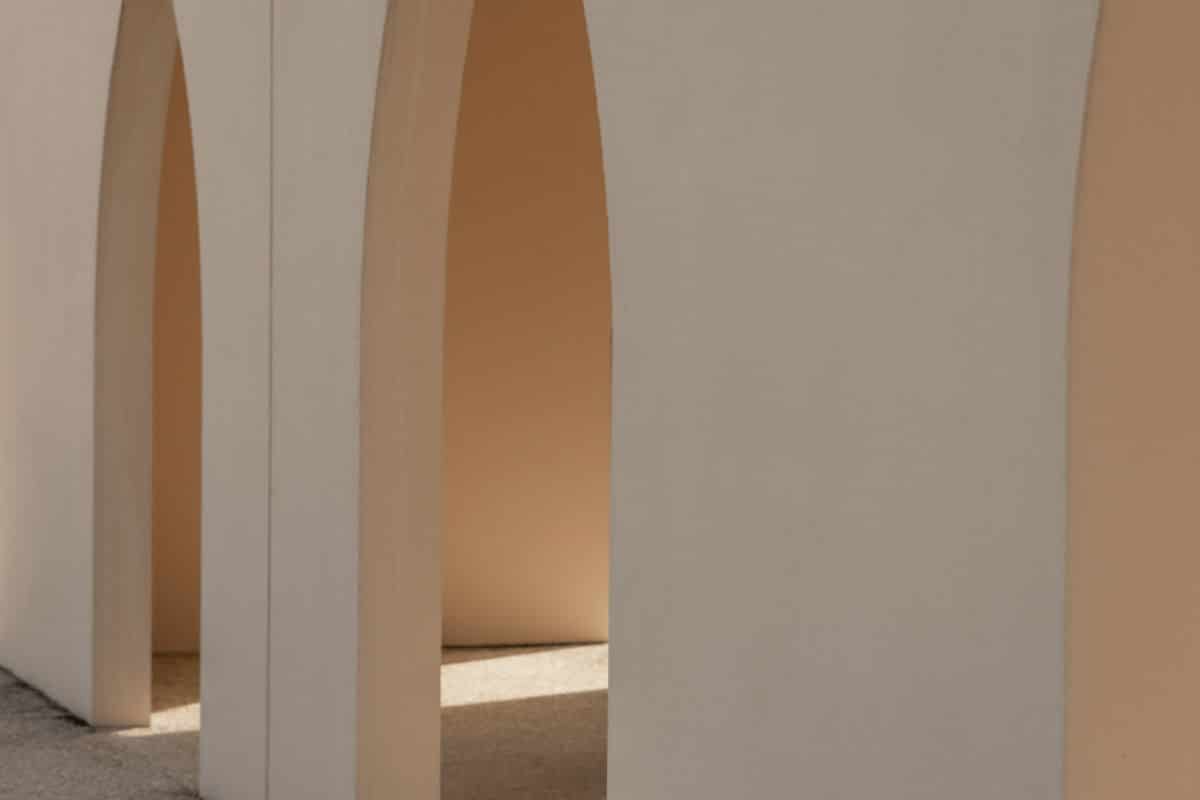
Saving for a deposit can be a challenging task, especially for those who may not have a disposable income and are unable to put aside a chunk of savings each month. Nationally, it takes around 4.6 years for the average first home buyer couple to save for a deposit. You can imagine in capital cities that time goes up significantly, especially in Melbourne and Sydney where the cost of living is so much higher. But fear not, the goal of saving for a house deposit is achievable.
Luckily for us, Susan Mitchell, CEO of Mortgage Choice, sat down to answer our questions so we can navigate this ‘deposit-territory’ with our compasses pointing due north.
What’s a great savings goal for a house deposit?
First thing’s first. It’s important you set a clear measurable goal so you know what you’re working towards. Jump online and have a look at the kind of property you might want to buy. Then consider meeting with an experienced mortgage broker who can help you understand your personal options, as you may not need to save as much as you think!
While it’s ideal to save 20% of the asking price of the property you wish to buy, the reality is you can buy a home with as much as 5% saved, thanks to the First Home Loan Deposit Scheme. Of course, you also need to have money to cover additional costs associated with a property purchase, which include:
• stamp duty
• conveyancing fees
• building and pest inspection fees
• moving fees etc.
If you have a guarantor who’s willing to help you get your foot on the property ladder, a meeting with a broker will help you and your guarantor understand what’s involved.
Once you’ve determined how much money you’ll need to save for your deposit, you can create your savings plan. Figure out how much you need to set from your salary each month until you’ve reached your goal. Keep your home deposit savings in a separate account that you can’t easily access so you resist the urge to spend it.
The journey to saving a deposit can feel like a long road but if you break down your goal into manageable chunks and track your progress, the little wins will help keep you motivated.
TIP for saving for a deposit: Keep your deposit savings in a separate account that you can’t easily access so you resist the urge to spend it.
How can you calculate the size of mortgage you can afford?
To work out how much you can borrow, you’ll need to know your income after tax (including bonuses, overtime, commission) and your living expenses in detail. This basic approach will give you an idea of how much you can borrow but remember, each lender takes a different approach to how they assess your income and expenses. Mortgage Choice’s borrowing power calculator can give you an indication of how much you can afford to borrow.
If you want to get a clearer sense of your borrowing power, I would encourage you to speak to an experienced mortgage broker who can analyse your financial situation in detail to help you understand what size mortgage you can afford.
TIP to see what you can borrow: Talk to a mortgage broker who can help work this out for you at no cost to you!
What is a loan-to-value ratio?
Loan-to-value ratio (LVR) is the amount of money you’ll need to borrow as a percentage of the value of the property. To calculate the LVR, you take the loan amount, divided by the value of the property and multiply by 100. To determine your LVR, you can always use Mortgage Choice’s LVR calculator.
The lower this percentage, the better. Generally speaking, if your LVR exceeds 80%, you may incur Lenders’ Mortgage Insurance (LMI) which is insurance that covers the lender in the event that you can’t repay your home loan. Alternatively, you can ask for the support of a guarantor.
The common recommendation is to save at least 20% of the loan value. What are the benefits for having 20%?
Saving a 20% deposit means you can avoid paying Lenders’ Mortgage Insurance (LMI) and won’t need the help of a guarantor to buy a property.
If you do only have 5% but are still in the market to buy – what are the disadvantages?
You may incur Lenders’ Mortgage Insurance (LMI) if you can’t access the First Home Loan Deposit Scheme (FHLDS) or don’t have the support of a guarantor.
TIP: Save as big a deposit as you can but don’t wait for years because the property market might rise too much over this time.
What can you recommend to start taking your savings seriously?
Here are my 4 suggestions:
1. BUDGET
Start a budget and track your spending over a weekly or monthly basis so you can call out any bad spending habits and change them. It may sound obvious but if you’re trying to save money, you should consider reviewing and cancelling any unnecessary subscriptions, close any credit cards you’re no longer using or reduce the limit on your existing credit cards.
2. REDUCE PERSONAL DEBT
Pay down any personal and credit card debt, set short and long term goals and keep yourself accountable.
3. TRACK YOUR PROGRESS
Set a reminder in your calendar to check how you’re tracking against your short and long-term goals. Share your progress with a close friend or family member.
4. SEPARATE YOUR ACCOUNTS
Keep your savings in a separate bank account to your transaction account so you resist the temptation to spend it.
TIP: Start a savings plan today and let close friends/family know how serious you are!
Important: This content has been prepared without taking account of the objectives, financial situation or needs of any particular individual. It does not constitute formal advice. Consider the appropriateness of the information in regard to your circumstances.
This article was originally published on Tilly Money.



